Business
Samsung rival BOE plans $400 million investment to build two new factories in Vietnam
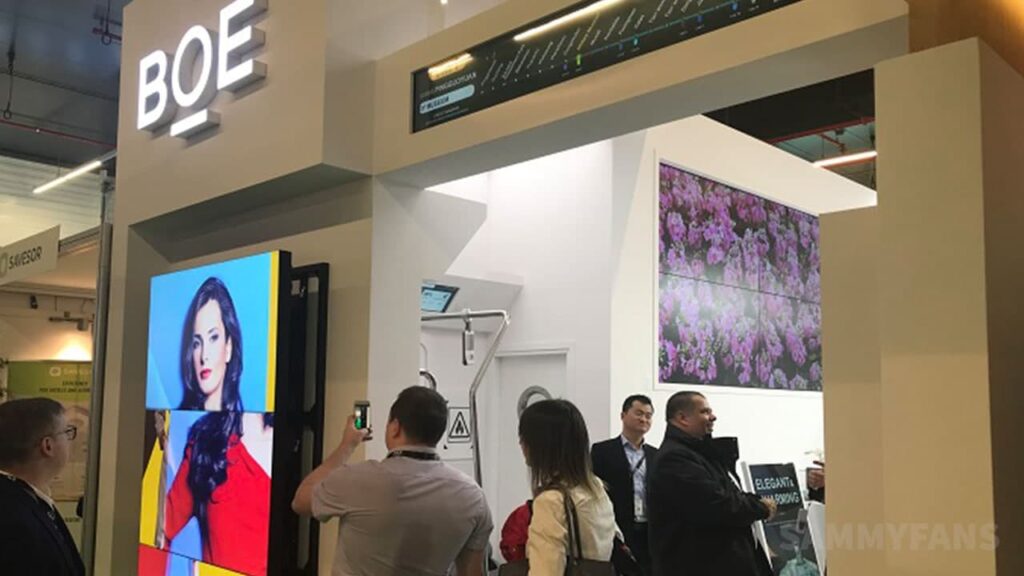
China’s leading display maker BOE reportedly plans to invest heavily in building two factories in Vietnam, with a total investment of US $400 million. BOE is one of the world’s biggest display makers that supplier displays to many companies including Apple and Samsung.
Follow Sammy Fans on Google News
According to the information, BOE is to lease hundreds of hectares of land in northern Vietnam to expand its relatively small factory in southern Vietnam. The plant mainly supplies TV screens to South Korea’s Samsung Electronics and LG Electronics.
Join SammyFans on Telegram

The Chinese display maker BOE intends to hire 100 hectares of land, 20 percent of which will be used to build a $150 million factory to make remote control systems and the rest of the land will be used to build a display factory. The company will spend $250 million to build a factory on 50 hectares of land, leaving the remaining 30 hectares to suppliers. All this will be completed by 2025.
The world’s biggest smartphone maker Samsung produces half of its phones in Vietnam, while LG also has a large presence in the country and plans to make new investments.
In recent years, North Vietnam has attracted huge investment from electronics giants to become a major production hub for smartphones, computers, and cameras, including flagships from Apple and Samsung.
Apple contract manufacturers Hon Hai Precision and LuxShare Precision also assemble or plan to assemble a range of products, including Apple laptops and tablets.
Instead of LCD screens, BOE plans to make more complex OLED screens in factories. The recent report reveals BOE defeated Samsung and secured the most significant order for iPhone 15 and 15 Plus display panels
Business
Samsung leads Q3 smartphone market, Huawei’s entry haunts Apple
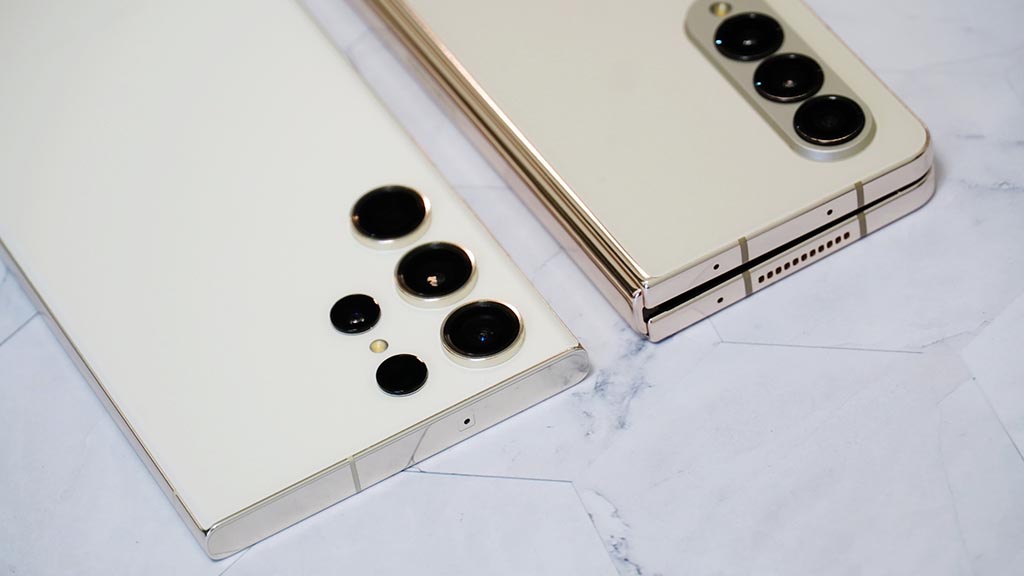
Samsung ranked first in market share in the global smartphone market in Q3, 2023. TrendForce report says that Samsung led the global Q3 smartphone market, recording a market share of 19.5%.
Overall production in the third quarter increased by 11.5% compared to the previous quarter to 60.1 million units. During the same period, Apple’s production increased by 17.9% to 49.5 million, thanks to iPhone 15.
Follow our socials → Google News | Telegram | X/Twitter | Facebook | WhatsApp
Third place was taken by Xiaomi (13.9%), followed by Oppo (12.6%) and Transion (8.6%). 6th place is Vivo (8%). Meanwhile, global smartphone production reached 308 million units, a 13% increase compared to the previous quarter and a 6.4% increase from the previous year.
Huawei’s re-entry into the flagship smartphone market targeting Apple has had a significant impact in China. Huawei is aiming to expand its high-end flagship series, focusing on the Chinese domestic market next year, so Apple “We plan to attack directly”.
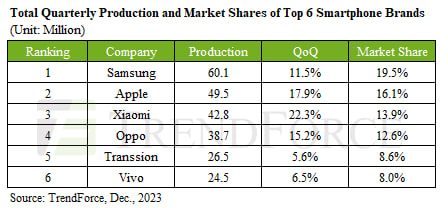
// Source
Business
Underdog phone brand jumped 50%, Samsung and Apple lost ground
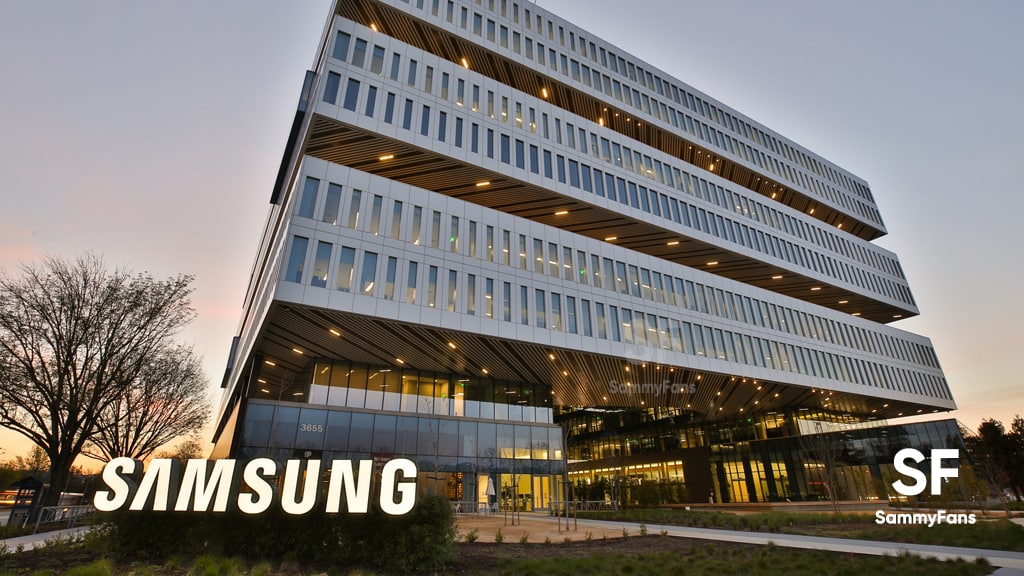
In Q3 2023, Samsung and Apple’s market share slightly declined, while an underdog Chinese phone brand appeared on the top 5 chart. In a recent development, Canalys published market research data for the third quarter, revealing Tanssion as the fifth best-seller globally.
According to the info, Samsung and Apple lead total sales with 20% and 17% market share, yet both have fallen from their 22% and 18% levels in 2022. However, Tanssion, the maker of Tecno, Itel, and Infinix phones, climbed from 6% global market share last year to 9% in 2023, a 50% jump.
Follow our socials → Google News | Telegram | X/Twitter | Facebook | WhatsApp
Apart from this, Xiaomi matched last year’s share only by “recovering” from a terrible first half of 2023. At the same time, OPPO has fallen steadily over the past two years, while fellow BBK brand vivo lost the top-5 slot it’s owned for years.
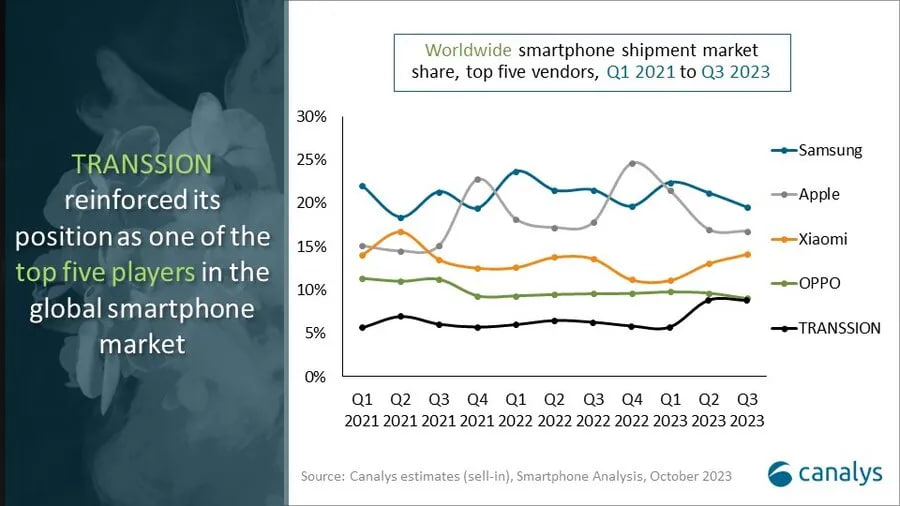
Overall, the global smartphone market underwent a slight drop of 1% in Q3 2023. Bolstered by regional recoveries and new product upgrade demand, the smartphone market recorded a double-digit sequential growth in Q3, ahead of the sales seasons.
Business
Samsung enjoyed 2023’s last victory over Apple?

Recently, research agency Counterpoint Research published their latest analysis. The report reveals that Samsung continued its leadership in the third quarter of 2023, while Apple remained in the second spot. However, both OEMs faced a decline of 1 percent year over year.
According to CR, slower consumer demand is the main factor in the dwindling sales. The market did see a slight 2 percent growth in Q3 compared to Q2, likely driven by last month’s iPhone 15 series launch. Samsung secured 20 percent market share, while Apple grabbed 16 percent sales.
Follow our socials → Google News | Telegram | X/Twitter | Facebook | WhatsApp
The Galaxy A-series was the key driver for the South Korean smartphone maker. Apple came in second with 16 percent of the market while Xiaomi rounded out the top three with its 12 percent share. Oppo (10 percent) and vivo (8 percent) were the remaining brands in the top five charts.

The newly released iPhone 15 series will help Apple score a lead over Samsung in the fourth quarter of the year. The results will arrive by early next year, and it’s expected that the US phone maker could surpass Samsung. Major camera upgrades and USB-C helped Apple register strong sales.










